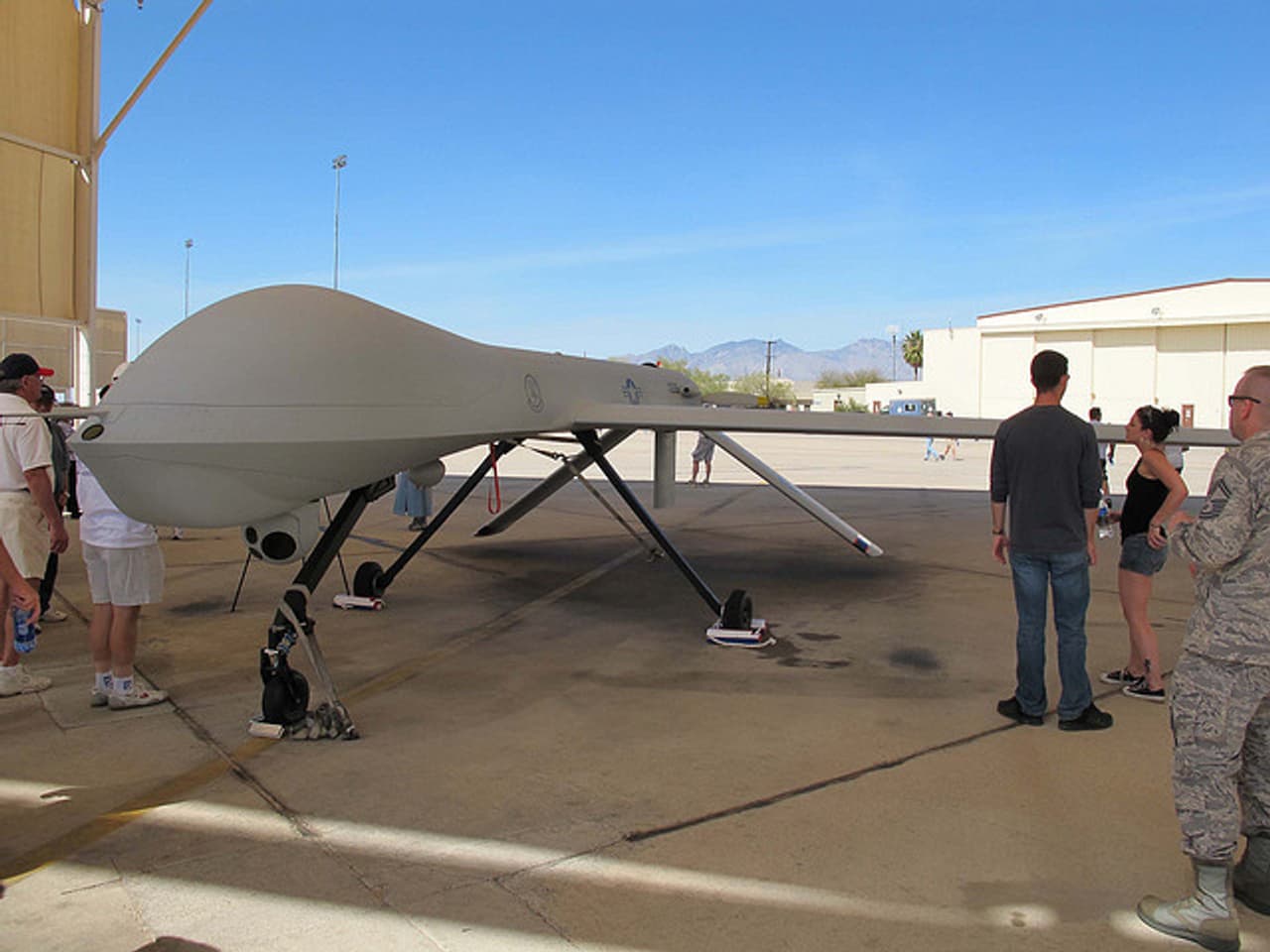
Drone revelations raise profile of Bureau data
US drone strikes have come under scrutiny
Revelatory reports in Newsweek and the New York Times detailing targeted killings by the United States have pushed drone strikes to the top of the news agenda. Published at the end of May, the articles have whipped up fierce interest in the US covert war on terror. They revealed how people are added to a so-called ‘kill list’ and it emerged that President Barack Obama reserves the final say on when to strike or not.
The reports also show how the current White House administration has embraced a controversial definition of a militant. The New York Times reported any male of combatant-age in a strike zone is considered a militant until posthumously proven otherwise.
With anonymous sources behind the two stories the White House launched an investigation into the leaks while Republicans cried foul, accusing the administration of being their source.
An evidence base
The Bureau has been collecting data and reporting on US clandestine operations in Yemen, Somalia and Pakistan for over a year. In recent months, international media has been increasingly minded to cover drone attacks in more detail and the Bureau’s comprehensive data has often been the evidence base used in such articles.
Increasing coverage of the use of drones has resulted in the media, such as Channel 4 News and the Guardian. beginning to report on strikes usually only covered by local Pakistani, Yemeni or Somali media.
The Economist and US website Pro Publica have also introduced their readers to the exploding use of drones on the battlefield and closer to home too with background pieces on the technology.
Civilians
The Bureau’s Chris Woods told Democracy Now that the narrow definition of a civilian in part explains ‘the gulf between our reporting of civilian casualties in Pakistan and Yemen’ and the CIA’s claims that it is killing small numbers of civilians.
The death of civilians and the reporting of the deaths of civilians in US media dominated Woods’ interview on National Public Radio’s On The Media show.
Chris Woods interviewed by NPR’s On The Media
A grim tactic
Describing all combatant-age males in a strike zone as legitimate targets has also invited Glenn Greenwald’s disgust. Writing in Salon he linked this definition with the CIA’s ‘repellent practice’ of targeting mourners and rescuers.
In February a Bureau investigation with The Sunday Times revealed the grim CIA tactic of ‘follow-up’ strikes.
The practise is stark: a drone strikes and then loiters over the target, waiting as rescuers gather at the scene. Then it strikes again.
The Bureau and The Sunday Times found at least 50 civilians killed in these double strikes. More than 20 were killed when drones hit funeral processions and ceremonies.
On June 4 the CIA appeared to revive the tactic after a hiatus as its drones hit rescuers. 16 were killed in total.
Five strikes in eight days battered Pakistan’s tribal areas from the end of May into the first week of June. This rapid series culminated on June 4 with a strike which reportedly killed al Qaeda’s second-in-command Abu Yahya al Libi. The reported death of a high value target re-invigorated the drone coverage and controversy in the US and in the UK.
Al Qaeda number two ‘killed in drone strike’ – Channel 4 News
While drone strikes were getting greater attention in America and Europe, Pakistan’s press continued to report on the distress and anger the drones caused there.
Following a meeting with Pakistan’s premiere the United Nations High Commissioner for Human Rights Navi Pillay called for an investigation into the drone strikes. She told a press conference in Islamabad: ‘Drone attacks do raise serious questions about compliance with international law.’
The ethics and legality of drone strikes was debated across comment pages in the west. A counter-terrorism adviser from Obama’s time as presidential candidate, Michael Boyle wrote in the Guardian that the ‘kill list’, combined with the Bureau’s data, ‘represents a betrayal of President Obama’s promise to make counter-terrorism policies consistent with the US constitution.’
He added: ‘The president has routinized and normalized extrajudicial killing from the Oval Office.’
Navi Pillay, UN High Commissioner for Human Rights
The New York Times article was ‘clearly written with the cooperation of the administration,’ opined Boyle. This view was shared by the Columbia Journalism Review’s Michael Massing.
The New York Times piece reported US claims that a minimum of civilians are killed in drone strikes. Massing believes the paper should have ‘put that claim to the test,’ pointing out that the Bureau’s data show the number of civilians killed ‘runs into the many hundreds.’
Greenwald emphatically made a similar point in Salon and in the Guardian. He said the administration’s leaks to the New York Times were ‘classic political propaganda: devoted to glorifying the leader and his policies for political gain.’
Republicans in Congress had accused the White House of leaking national security secrets to make the President look strong which the President vehemently denied. The controversy over press briefings continued with prosecutors appointed to lead investigations into the leaks.
The Financial Times said the leaks could also strengthen an American Civil Liberties Union lawsuit trying to compel the CIA to release records of its drone strikes, which the Bureau supports having filed an amicus brief.
Sign up for email alerts from the Bureau here.




